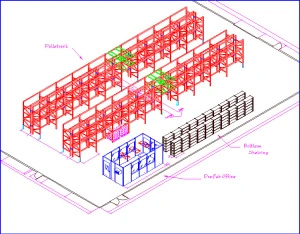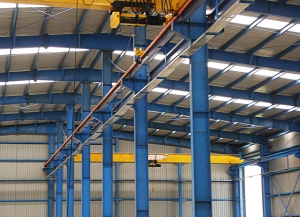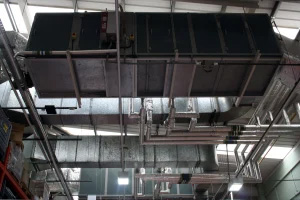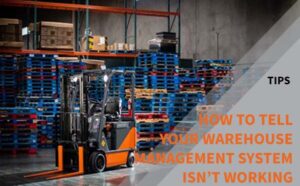(This article was originally posted May 5, 2017)
Every company faces unique situations when considering their warehouse storage and design options. This can include:
- Expanding an existing location
- Opening a facility in a new market
- Adding more products and services
- Offering new sales channels such as e-commerce or direct-to-consumer
Even though companies face a variety of unique situations, the same challenge still exists for all of them: implementing physical and operational changes without affecting the customer.
Typically, in warehouses and distribution centers, facility changes come down to different types of storage solutions for product handling, manipulation, or picking.
The most common types of storage solutions come from four categories:
- Bulk Storage
- Pallet Rack
- Shelving
- Carton Flow
When planning for these different systems, you need to ensure that whichever you choose, they fit well in the footprint of your facility.

Often times, building internals are overlooked in place of overall square footage. This can lead to a lot of underutilized space.
Ideally, the storage systems would be identified and designed prior to the selection or building design, however this isn’t always possible.
When selecting a building for your next facility location, keep in mind these considerations:
 Building Column Layout
Building Column Layout
How does the layout relate to the aisles and major equipment design?
Building Clear Height
Are you allowing for any usable vertical space below the roof or ceiling?
Overall Square Footage
How much usable floor space will you have?

Permanent and Semi-Permanent Obstructions
Does your new facility have HVAC, offices, electrical, sprinklers, lighting, etc.?
Simplicity of Building Layout
Keep in mind that a rectangular building is typically more conducive to efficient storage design than one that has a large square footage through multiple build-outs.
Dock Door Placement
Where are the dock doors located in relation to the rest of the space?
Environmental Factors
How is the airflow, humidity, and other environmental factors?
If you keep these tips in mind, it will be much easier to get a facility that meets your unique needs and maximizes space and efficiency.


